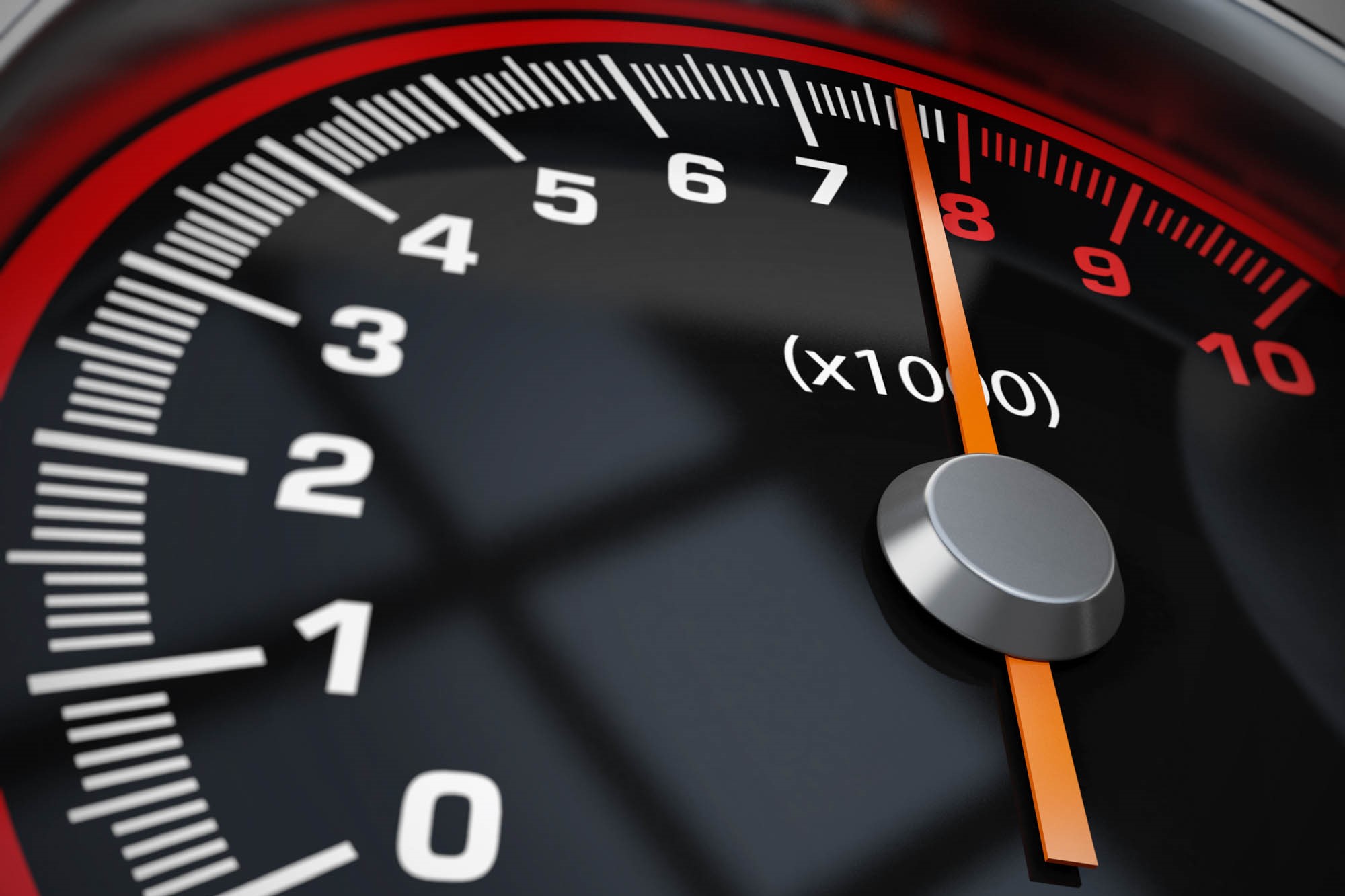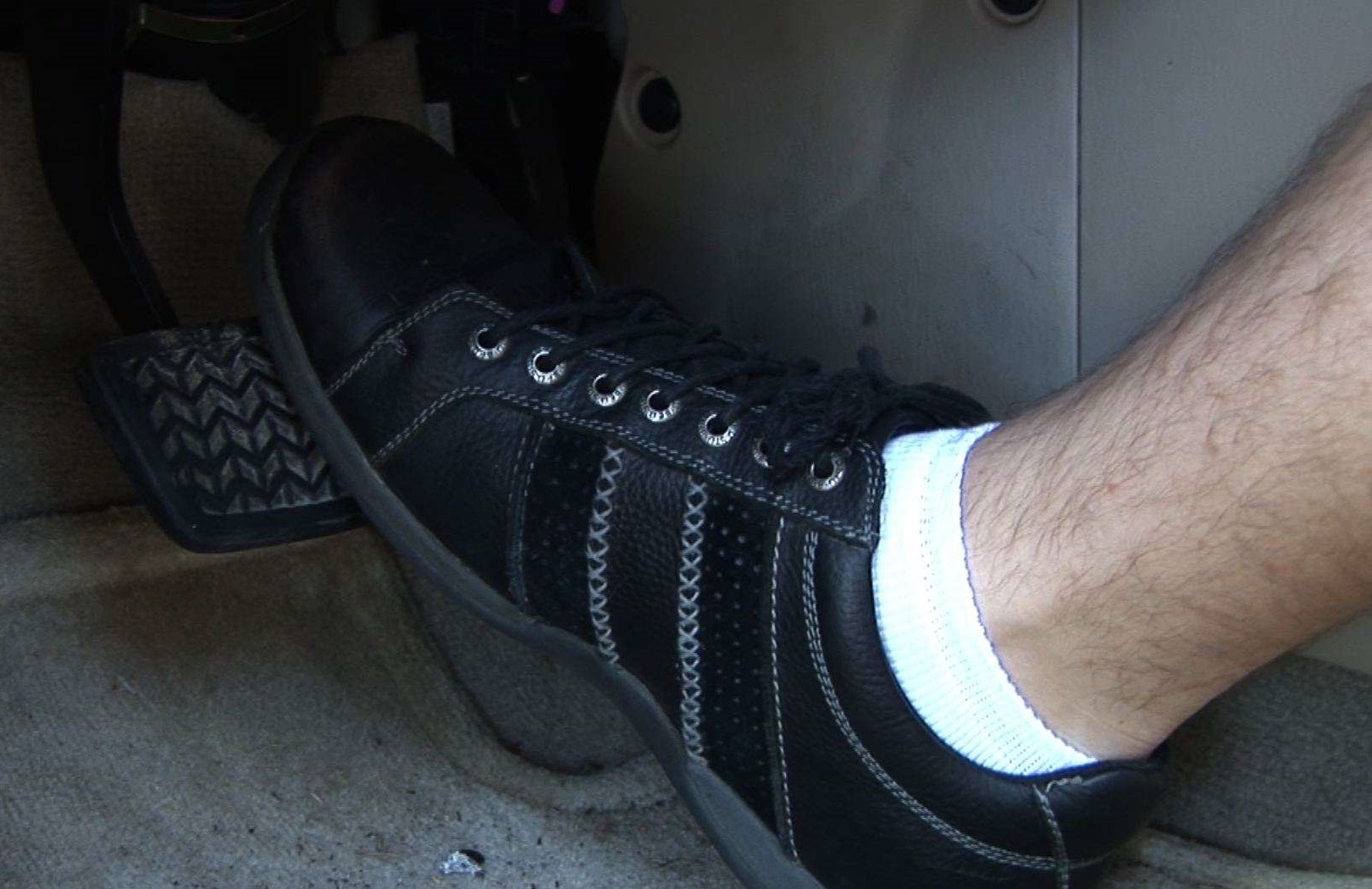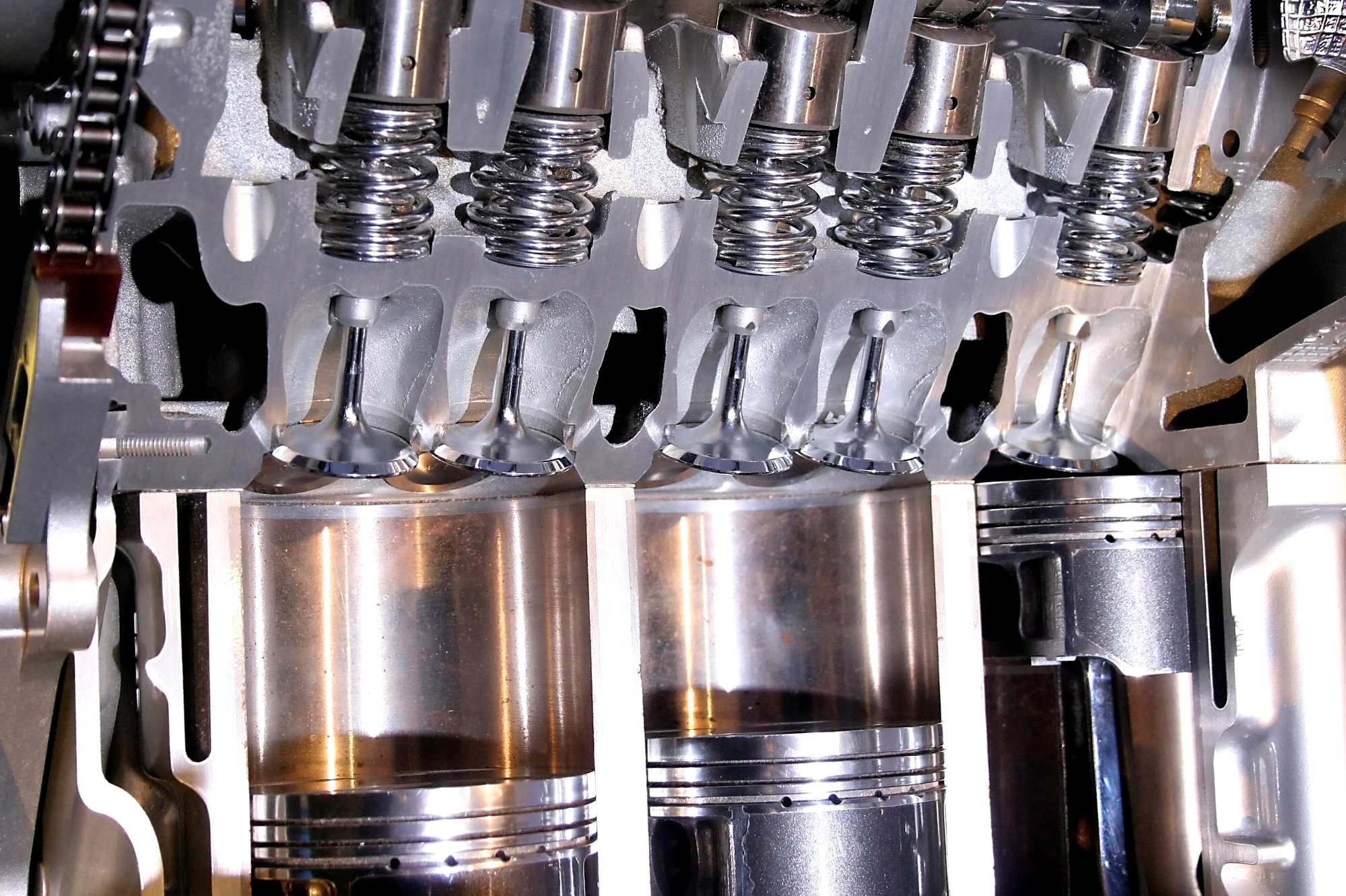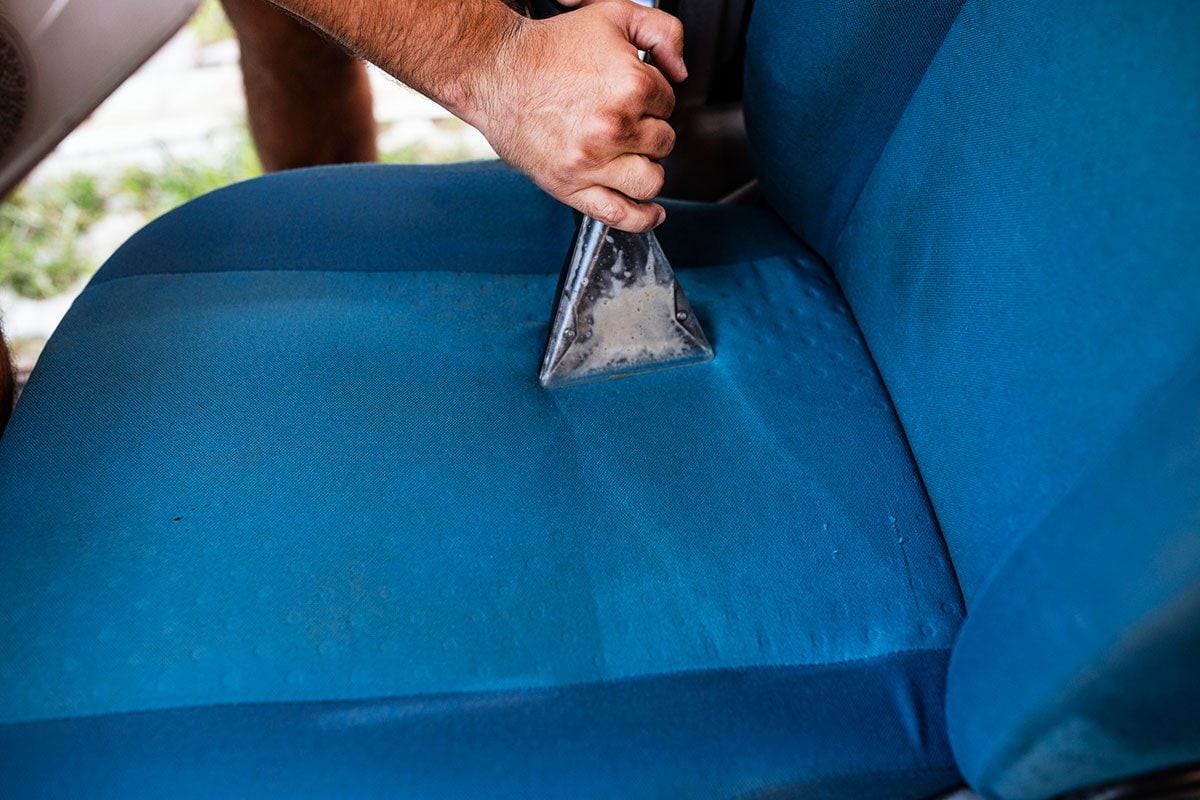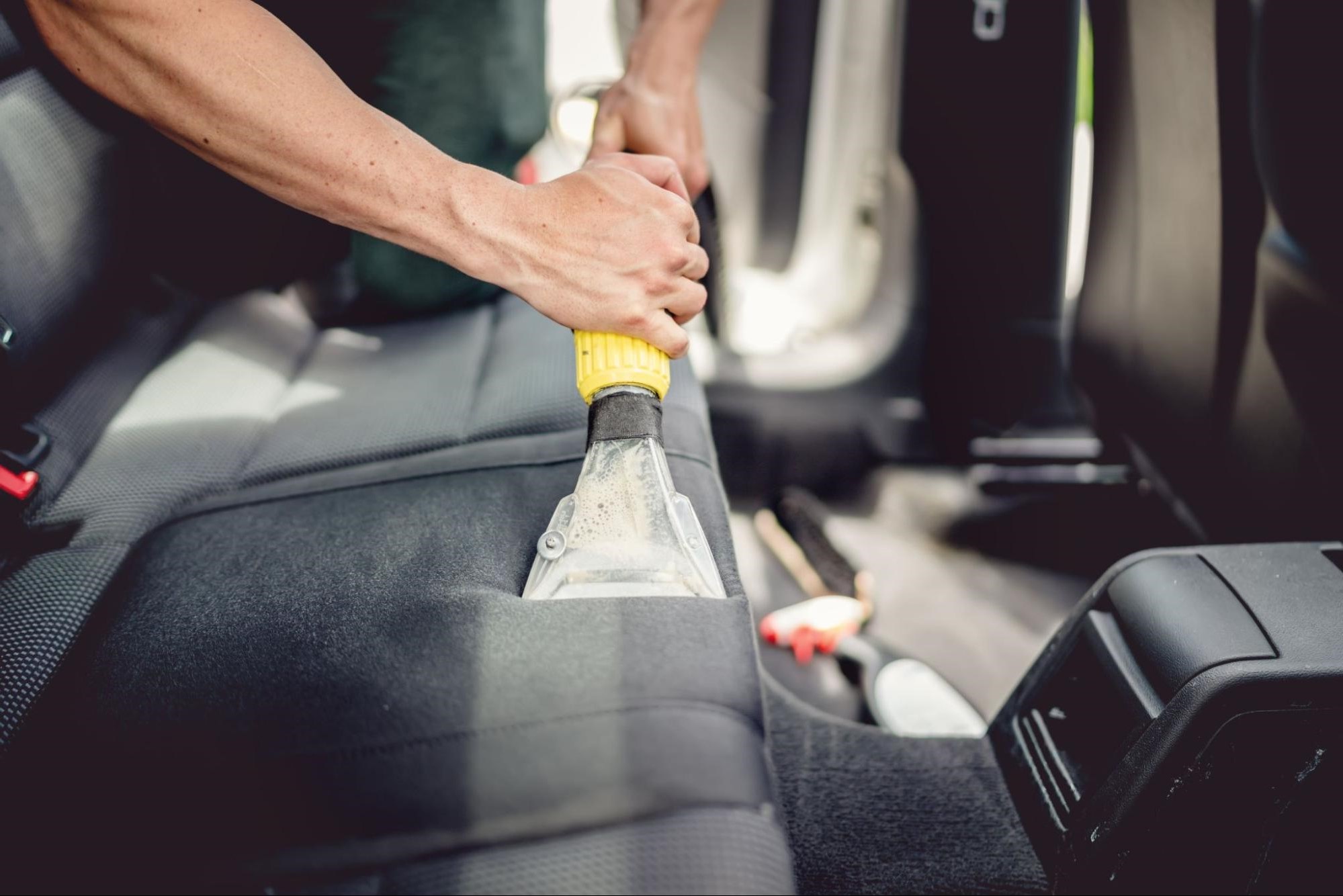Home>Automotive>Exploring The Reasons Behind A Car’s Shaking At Idle And Smoothing Out While Driving


Automotive
Exploring The Reasons Behind A Car’s Shaking At Idle And Smoothing Out While Driving
Modified: February 27, 2024
Discover the causes of car shaking at idle and learn how to resolve it while driving. Get expert automotive insights and solutions.
(Many of the links in this article redirect to a specific reviewed product. Your purchase of these products through affiliate links helps to generate commission for Noodls.com, at no extra cost. Learn more)
Table of Contents
Introduction
When you're behind the wheel of your car, you expect a smooth and steady ride. However, if you've ever experienced your car shaking while idling at a stoplight, it can be quite unsettling. This phenomenon can be a cause for concern, prompting you to wonder what might be causing the unsettling vibrations. Understanding the reasons behind a car's shaking at idle and its subsequent smoothing out while driving is crucial for maintaining a safe and enjoyable driving experience.
The experience of a car shaking at idle and then smoothing out while driving is a common occurrence that can be attributed to various underlying factors. Whether you drive a compact sedan, a rugged SUV, or a powerful sports car, the sensation of your vehicle trembling at a standstill can be disconcerting. However, it's essential to delve into the root causes of this issue to address it effectively and ensure the optimal performance of your vehicle.
In this comprehensive exploration, we will delve into the potential reasons behind a car's shaking at idle and its subsequent smoothing out while driving. By understanding the common issues that lead to this phenomenon, you'll be equipped with the knowledge to identify and address the problem, ultimately ensuring a smoother and more enjoyable driving experience. So, let's embark on this journey to unravel the mysteries behind your car's idle shaking and the subsequent restoration of smoothness while in motion.
Understanding the Causes of Shaking at Idle
When your car is idling, it should maintain a consistent and smooth operation. However, if you notice your vehicle shaking during this phase, it's essential to understand the potential causes behind this unsettling phenomenon. Several factors can contribute to a car's shaking at idle, and gaining insight into these underlying issues is crucial for effective troubleshooting and resolution.
One common culprit behind a car's shaking at idle is engine misfiring. This occurs when one or more cylinders in the engine fail to ignite the air-fuel mixture at the proper time. As a result, the engine experiences uneven power delivery, leading to noticeable vibrations that manifest as shaking when the car is idling. Engine misfires can stem from various issues, including faulty spark plugs, a malfunctioning ignition system, or fuel delivery problems.
Another potential cause of shaking at idle is related to the engine's mounts. The engine mounts are responsible for securing the engine to the vehicle's chassis while minimizing vibrations and noise. Over time, these mounts can deteriorate or become damaged, leading to excessive engine movement during idling. This movement can result in perceptible shaking as the engine struggles to maintain stability.
Furthermore, irregular idling can be attributed to issues with the fuel system. A clogged fuel filter or a malfunctioning fuel pump can disrupt the consistent flow of fuel to the engine, leading to fluctuations in engine performance during idle. Additionally, a vacuum leak in the intake system can introduce excess air into the engine, causing it to run lean and resulting in rough idling and shaking.
Moreover, the presence of worn or imbalanced engine components, such as the crankshaft, camshaft, or pistons, can contribute to shaking at idle. These components play a critical role in the smooth operation of the engine, and any imbalance or wear can lead to noticeable vibrations during idling.
In some cases, electronic control system malfunctions, such as issues with the engine's sensors or the engine control unit (ECU), can also lead to irregular idling and shaking. These electronic components are integral to the engine's performance and must function seamlessly to ensure smooth operation at idle.
By understanding the potential causes of shaking at idle, you can begin to unravel the mysteries behind this unsettling phenomenon. Identifying these underlying issues is the first step toward addressing the problem and restoring your car's smooth operation. In the subsequent sections, we will delve into common issues that cause shaking at idle and explore effective strategies for addressing and resolving these concerns.
Common Issues That Cause Shaking at Idle
Several common issues can lead to a car shaking at idle, causing discomfort and concern for drivers. Understanding these prevalent culprits is essential for effectively diagnosing and addressing the problem. Here are the common issues that can cause shaking at idle:
-
Engine Misfires: One of the primary reasons for shaking at idle is engine misfiring. This occurs when one or more cylinders fail to ignite the air-fuel mixture at the correct time, leading to uneven power delivery and noticeable vibrations. Engine misfires can result from various factors, including worn-out or fouled spark plugs, a malfunctioning ignition coil, or fuel delivery issues.
-
Worn Engine Mounts: The engine mounts play a crucial role in securing the engine to the vehicle's chassis while minimizing vibrations. Over time, these mounts can deteriorate, leading to excessive engine movement during idling. This movement causes the engine to struggle to maintain stability, resulting in perceptible shaking.
-
Fuel System Problems: Issues within the fuel system, such as a clogged fuel filter or a faulty fuel pump, can disrupt the consistent flow of fuel to the engine. This disruption leads to fluctuations in engine performance during idle, contributing to shaking. Additionally, a vacuum leak in the intake system can introduce excess air into the engine, causing rough idling and shaking.
-
Worn or Imbalanced Engine Components: The presence of worn or imbalanced engine components, such as the crankshaft, camshaft, or pistons, can contribute to shaking at idle. These components are integral to the smooth operation of the engine, and any imbalance or wear can lead to noticeable vibrations during idling.
-
Electronic Control System Malfunctions: Malfunctions in the electronic control system, including issues with the engine's sensors or the engine control unit (ECU), can lead to irregular idling and shaking. These electronic components are critical to the engine's performance and must function seamlessly to ensure smooth operation at idle.
Identifying these common issues provides a solid foundation for troubleshooting and resolving the problem of shaking at idle. By addressing these underlying factors, drivers can restore their vehicles to a smooth and steady idle, enhancing the overall driving experience.
Addressing the Problem and Smoothing Out While Driving
Addressing the problem of a car shaking at idle and achieving a smooth driving experience involves a systematic approach to diagnosing and resolving the underlying issues. Once the potential causes of shaking at idle have been identified, it's essential to implement targeted solutions to restore the vehicle's optimal performance and eliminate the unsettling vibrations. Here are the steps to address the problem and achieve a smooth driving experience:
-
Diagnostic Assessment: Begin by conducting a comprehensive diagnostic assessment of the vehicle. This may involve utilizing diagnostic tools to identify any error codes related to engine misfires, fuel system issues, or electronic control system malfunctions. Additionally, a visual inspection of the engine mounts and other critical components can provide valuable insights into potential sources of vibration.
-
Addressing Engine Misfires: If engine misfires are identified as a contributing factor to the shaking at idle, addressing this issue is paramount. This may involve replacing worn-out or fouled spark plugs, inspecting and potentially replacing the ignition coils, and ensuring proper fuel delivery to the engine. By rectifying these issues, the engine's combustion process can be optimized, leading to smoother operation at idle and during driving.
-
Engine Mount Replacement: In the case of worn or damaged engine mounts, replacing these components is crucial for minimizing excessive engine movement and restoring stability. Upgrading to high-quality, durable engine mounts can significantly reduce vibrations and contribute to a smoother driving experience.
-
Fuel System Maintenance: Addressing fuel system problems, such as a clogged fuel filter or a malfunctioning fuel pump, involves thorough maintenance and potential component replacement. Ensuring a consistent and clean fuel supply to the engine is essential for mitigating fluctuations in engine performance and achieving a steady idle and smooth driving.
-
Balancing and Repairing Engine Components: Worn or imbalanced engine components, including the crankshaft, camshaft, and pistons, may require balancing or repair to eliminate vibrations. Engaging the expertise of a qualified mechanic to assess and address these issues can significantly improve the overall engine operation and driving experience.
-
Electronic Control System Evaluation: Conduct a comprehensive evaluation of the electronic control system, including the engine's sensors and the engine control unit (ECU). Addressing any malfunctions or sensor discrepancies can restore the engine's optimal performance, leading to smoother idling and driving.
By systematically addressing these factors and implementing targeted solutions, drivers can effectively eliminate the problem of shaking at idle and achieve a smooth driving experience. Regular maintenance and proactive troubleshooting are essential for ensuring the long-term performance and comfort of the vehicle, ultimately enhancing the overall driving experience for enthusiasts and everyday commuters alike.
Conclusion
In conclusion, the experience of a car shaking at idle and subsequently smoothing out while driving can be attributed to a variety of underlying factors. From engine misfires and worn engine mounts to fuel system problems and electronic control system malfunctions, the potential causes of shaking at idle are diverse and require careful consideration. By understanding these common issues, drivers can embark on a journey to diagnose and address the problem effectively, ultimately restoring their vehicles to a smooth and steady idle.
It is essential for drivers to recognize the significance of a comprehensive diagnostic assessment when faced with the unsettling vibrations of a shaking car at idle. By leveraging diagnostic tools and conducting visual inspections, drivers can gain valuable insights into the root causes of the issue, paving the way for targeted solutions.
Addressing engine misfires, worn engine mounts, fuel system problems, and electronic control system malfunctions requires a systematic approach to maintenance and potential component replacement. From replacing worn-out spark plugs and ignition coils to evaluating the electronic control system and ensuring a consistent fuel supply, each step plays a crucial role in restoring the vehicle's optimal performance.
Furthermore, proactive maintenance and regular inspections are vital for preventing and addressing the factors that contribute to shaking at idle. By prioritizing the upkeep of engine components, fuel system integrity, and electronic control system functionality, drivers can mitigate the risk of experiencing unsettling vibrations during idle and driving.
Ultimately, achieving a smooth and enjoyable driving experience hinges on the proactive identification and resolution of the underlying issues that lead to shaking at idle. By delving into the intricacies of engine operation and embracing a commitment to vehicle maintenance, drivers can enhance the overall performance and comfort of their vehicles, ensuring a seamless and enjoyable driving experience for miles to come.
